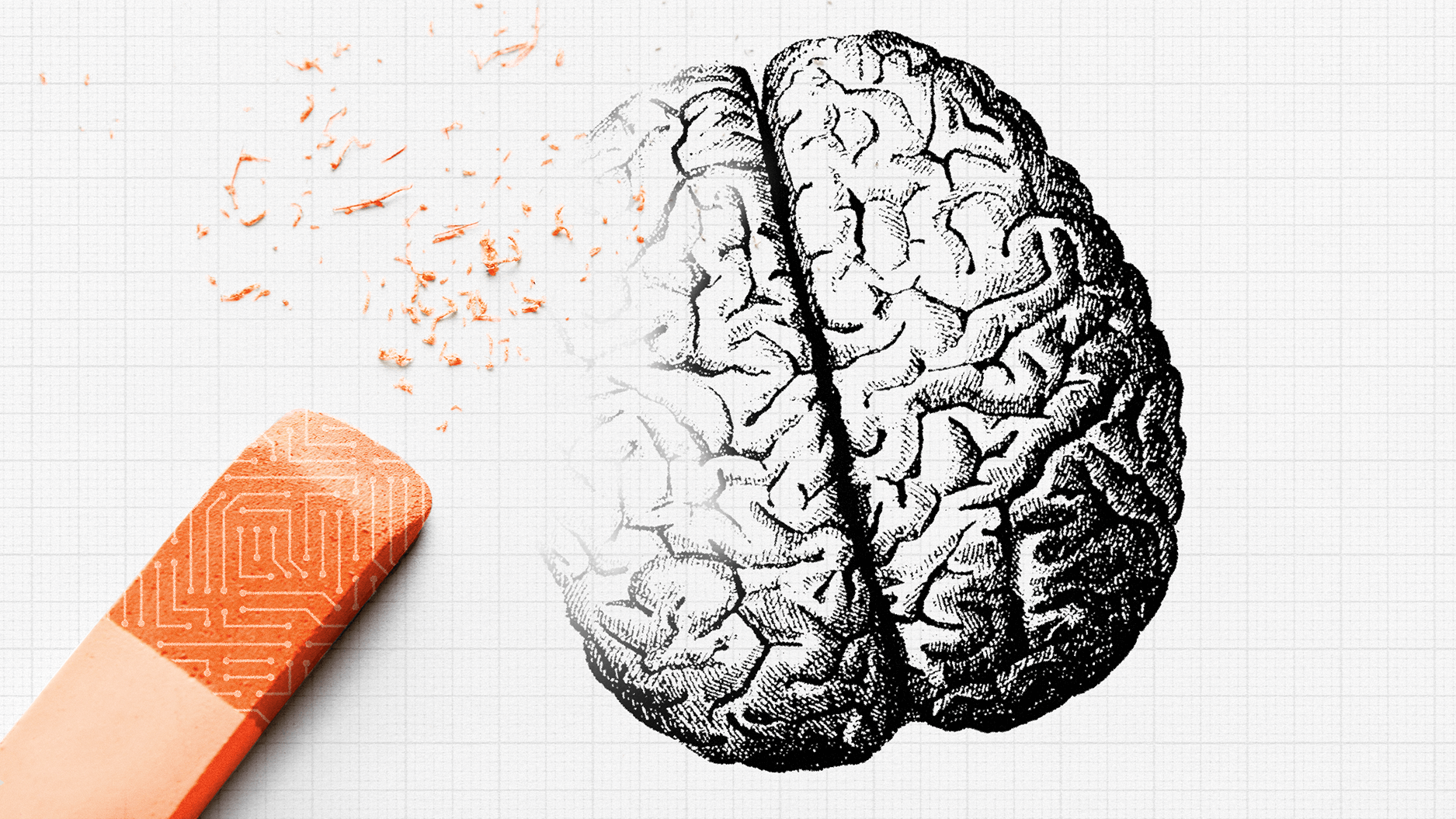Why Technology Won’t Save an Inefficient Education System, with Dr. Madhav Chavan

How many times have you heard a politician or school board official vow to improve education by increasing students’ access to technology? Perhaps you’re familiar with the now-dormant plan to furnish each of the 655,000+ students of the Los Angeles Unified School District with new iPads (at a price tag of $1.3 billion). Although leaders from around the world appear determined to push education into the 21st century, the phrase “technology in the classroom” has become such a buzzword that perhaps we haven’t properly assessed whether it’s the best solution to our problems.
According to Dr. Madhav Chavan, it makes little sense to incorporate new technology into a system still hampered by outdated pedagogy. The internet alone cannot save education. The powers in Washington, London, and Delhi who determine learning outcomes must instead embrace a different approach.
Chavan is Co-Founder and CEO of the non-profit Pratham, the largest non-governmental organization in India’s education sector. Chavan helped found Pratham during the mid-90s to provide low-cost preschool for underprivileged children in the slums of Mumbai. Part of the organization’s mission is to boost literacy among India’s poorest communities in order to foster a greater sense of social equity. Chavan and his work will be honored October 16 by the Asia Society at their annual Asia Game Changer Awards.
It’s important to note that Chavan isn’t anti-technology. Rather, he’s wary of those who treat it as a magic bullet solution to more deeply rooted problems:
“The biggest problem in using technology is that if you use technology to improve the learning outcomes under the present curriculum and the present education system, then there’s a conflict. The technology, information technology, is essentially a nonlinear tool. You can go to the Internet and serve just about any content. Whereas the education system as it has existed over the [last] 200 years is a very linear one.”
Education over that past 200 years has been fashioned like an assembly line. Children get placed on a conveyor belt that carries them from grade level to grade level. At each stop on the way they are receive the same knowledge as everyone else. Rather than become intuitive problem-solvers, students are expected to simply absorb the facts provided to them.
As Chavan points out, technology enables a new, nonlinear curriculum, one that emphasizes problem-solving over memorization. But such improvements are impossible under the traditional educational system:
“When you take technology and place it in the learning environment, if you make it subservient to the current linear system, then the power of the technology is constrained and then, to that extent, it is not affected. Then its effect is only as much as the school system’s effect.”
Giving children access to technology is important, but doing so will only have an effect if we make fundamental adjustments to our education system. If innovation is going to shape the way the world runs in the next 50-100 years, it only makes sense to shift how we prepare students to face that future:
“So the important thing is to learn the skills of learning, to learn cooperatively. The old system says you are going to learn and you are going to appear for the exam. The new system is saying you can work in groups and learn and crack the problem. So I think we need to fundamentally change the way we’re learning, the way that we are being assessed and certified as well.”
For more on Chavan’s thoughts on education and technology, be sure to watch the following clip from his Big Think interview:





